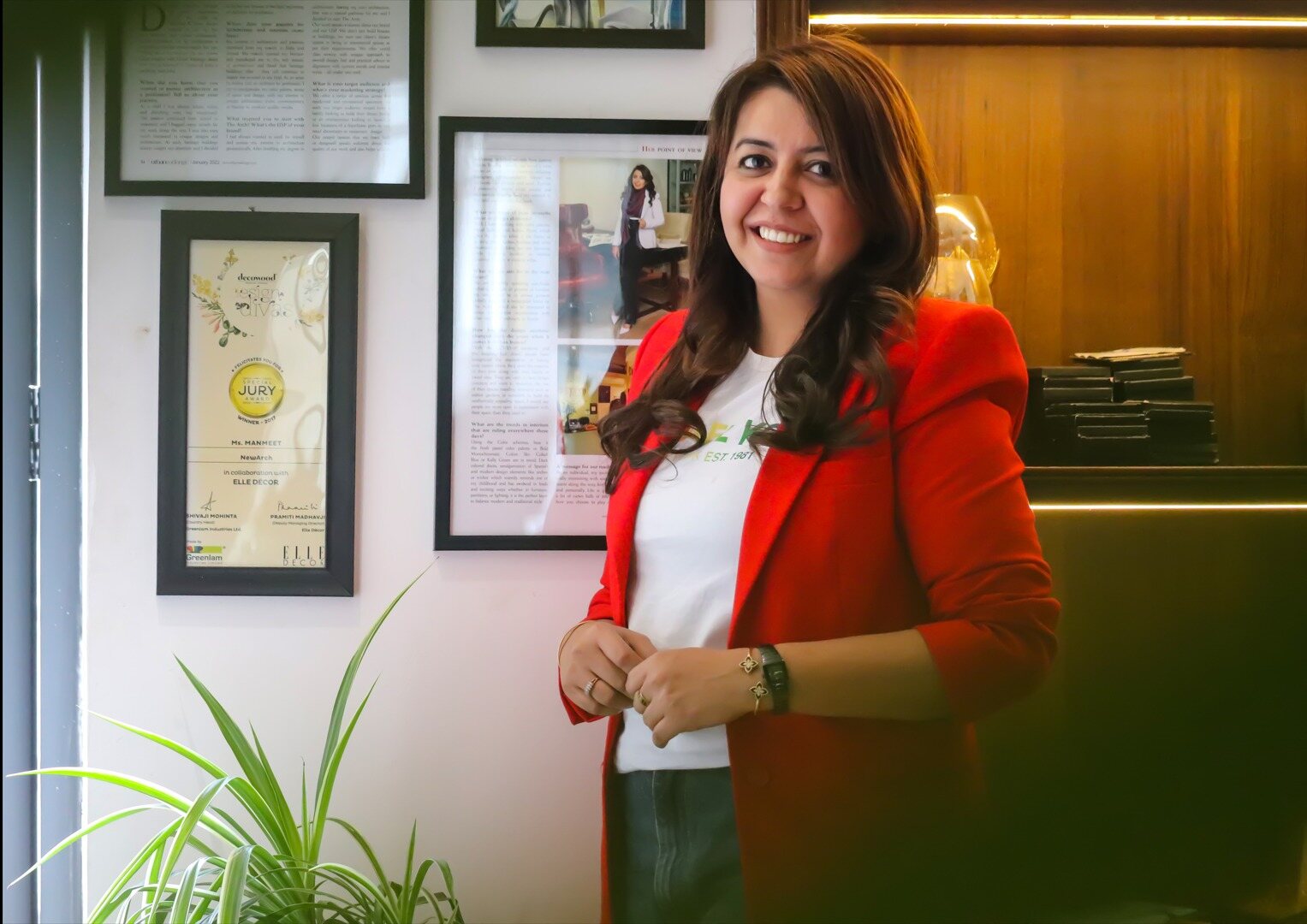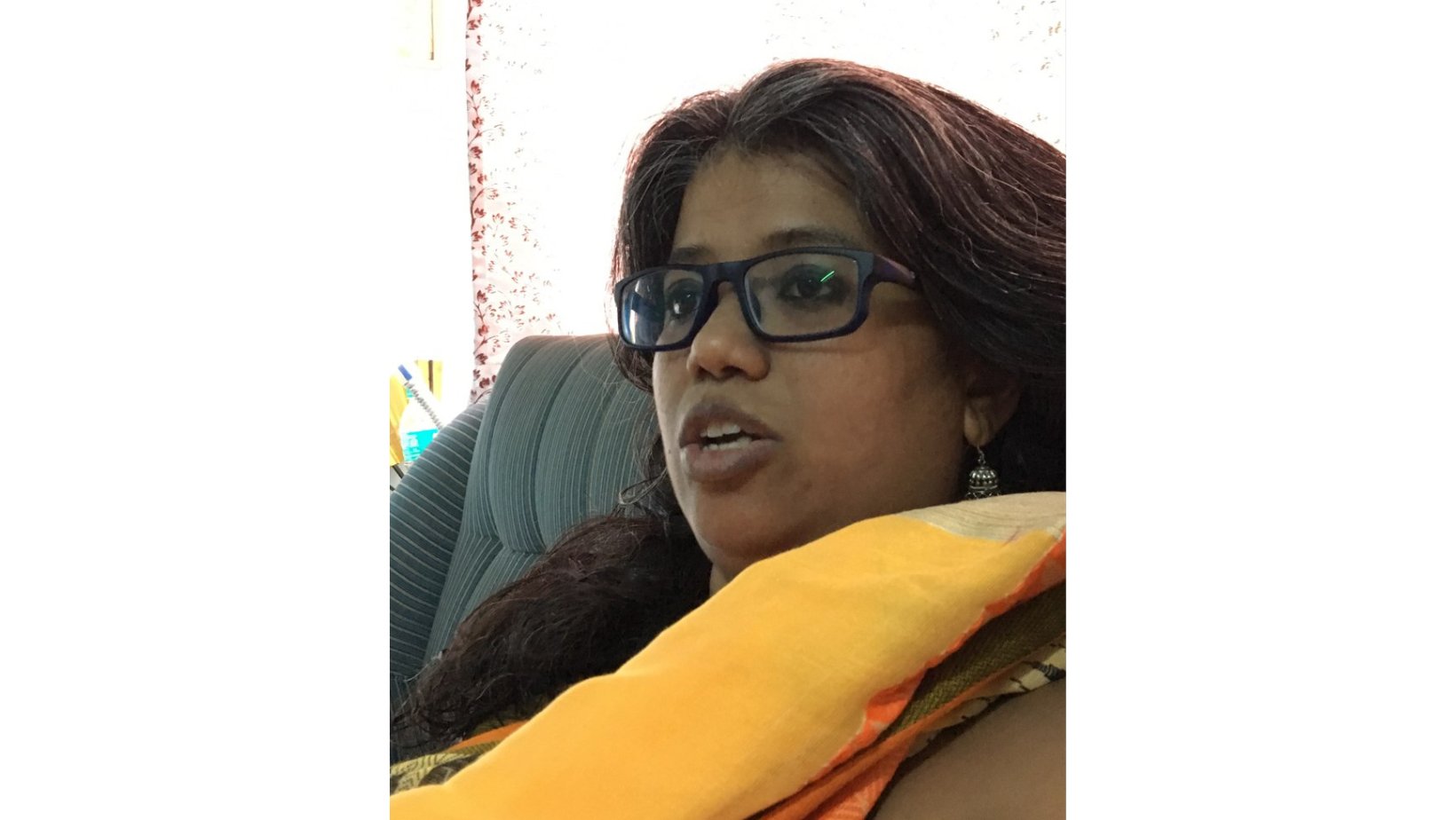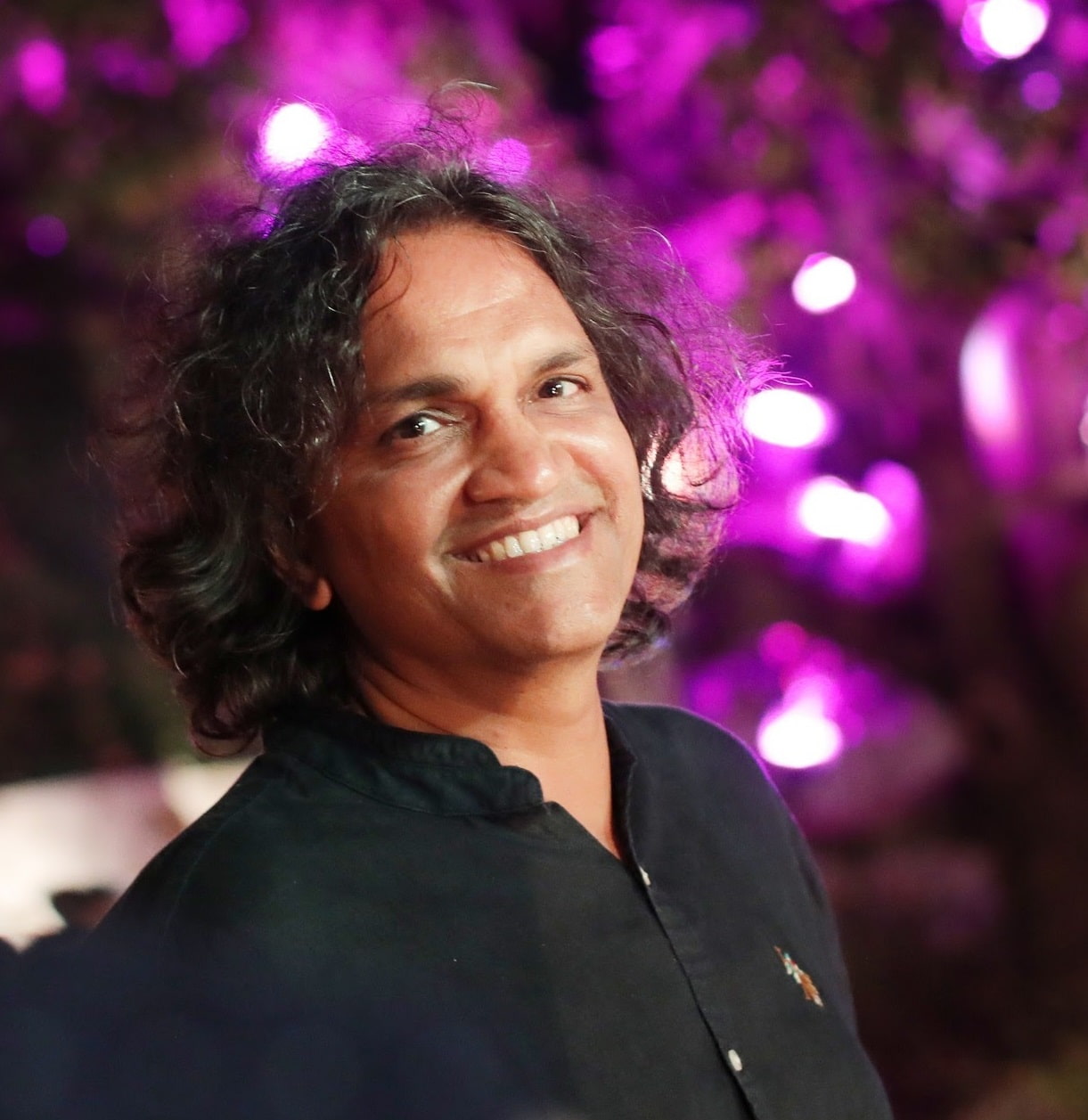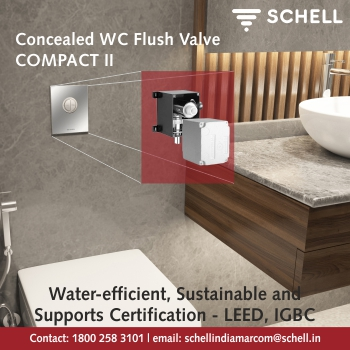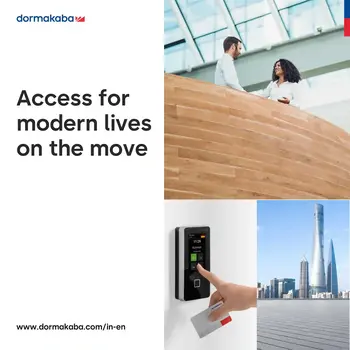Regarding the future of architecture, there is no doubt that sustainable building materials and designs are a crucial part of it. The building and construction industry in India has been growing at a fast pace and so have the architecture styles in the past decades. But how are the industry professionals dealing with the fast pace of change and what is their role in influencing the new industry trends? While the world is moving towards sustainability, can the use of renewable energy technologies make a difference in the construction industry? To get some perspective on these questions BuildingandInteriors spoke with Mr. Shailendra Surana, Head Architect, Mahapragya Architects, Solapur, Maharashtra.
Ar. Shailendra Surana from Mahapragya Architects, Solapur
Currently, Mahapragya Architects is one of the most prominent architecture firms in Solapur and all of Maharashtra. Ar. Shailendra Surana has been in the industry for more than two decades now. He started his practice by working on small construction projects and gained confidence from his own growth momentum. Now, Mahapragya Architects is a firm of vast scale, indulging in big commercial and residential projects and associating with top brands for building materials. So, continue reading our conversation with Ar. Shailendra Surana to know more about the changing architectural styles and treatment of sustainable design and materials in buildings.

Importance of sustainable designs and renewable energy
The overwhelming warnings of climate change and global warming challenge architects to produce smart designs and use available technologies to ensure that structures generate minimal harmful effects on the ecosystem and the communities. We follow three basic concepts to create an energy-efficient design. The first aspect is related to the solar passive building techniques adopted all over the world not only for passive heating/cooling but also for daylighting. The second is utilizing the low embodied energy building materials for building construction. The third aspect deals with the operational energy conservation using energy-efficient equipment in the building.
Lastly, the building has to include the utility of integrated renewable systems for hot water heating, solar photovoltaic electrification, etc. Sustainable design is no longer the demand of the future- it’s the need of the hour. Sustainability will reward the communities that embrace it. Thus, architects not just in India but all around the globe are working on designs and construction techniques that are sustainable.
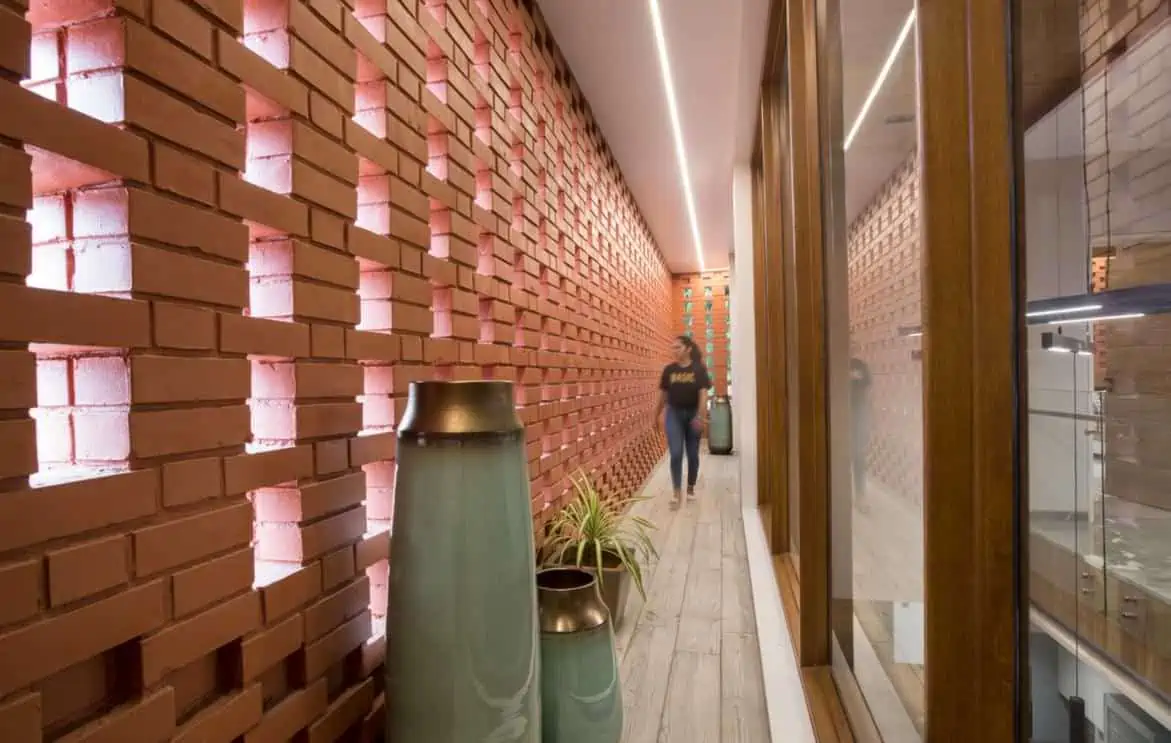
Upcoming trends & designs in the sustainable building segment
Almost 40 percent of the carbon and greenhouse emission is from the construction industry. This awareness and stigma will translate into construction trends and technologies that will offer an effective alternative to conventional energy and consumption methods. Thus, we can surely expect a heightened emphasis on water conservation with the development of technologies harvesting renewable energy.
Awareness of the coming crisis in freshwater supply in many regions of the world will increase as climate change continues to affect rainfall and water supply systems worldwide. Heightened concern about the impact of future droughts on water supply can be seen. This will promote many building designers and owners to consider ways to further reduce water consumption by using sustainable designs. The use of water-conserving fixtures and installation of rainwater and greywater recovery systems will be the norm in the coming years. Planting native and adapted vegetation in place of lawns or ornamental yards, investing in more efficient cooling towers, and other innovative approaches for reducing on-site water use will be dominating trends in the next few years.
Solar energy and sustainable construction materials and designs
The following years will see a boom in the solar energy technologies and renewable industry. India is a tropical country that experiences long and dry summers. Thus, allowing us an immense scope for capturing solar energy for both residential and commercial purposes. More and more people are investing in solar panels for their residential projects, as a secondary or backup source of energy. So, it is safe to say that soon solar energy and renewable technologies in Indian architecture will become a norm.
Another trend that will define the coming years in architecture is the use of sustainable materials and designs. To harvest renewable energy, new technologies and fittings are required. Therefore, in no time markets will be flooded with appliances, construction materials, hardware items, and plumbing products that are designed to support the new systems. Currently, only a few brands manufacture such items but soon, there will be tough competition in the market for sustainable construction materials.
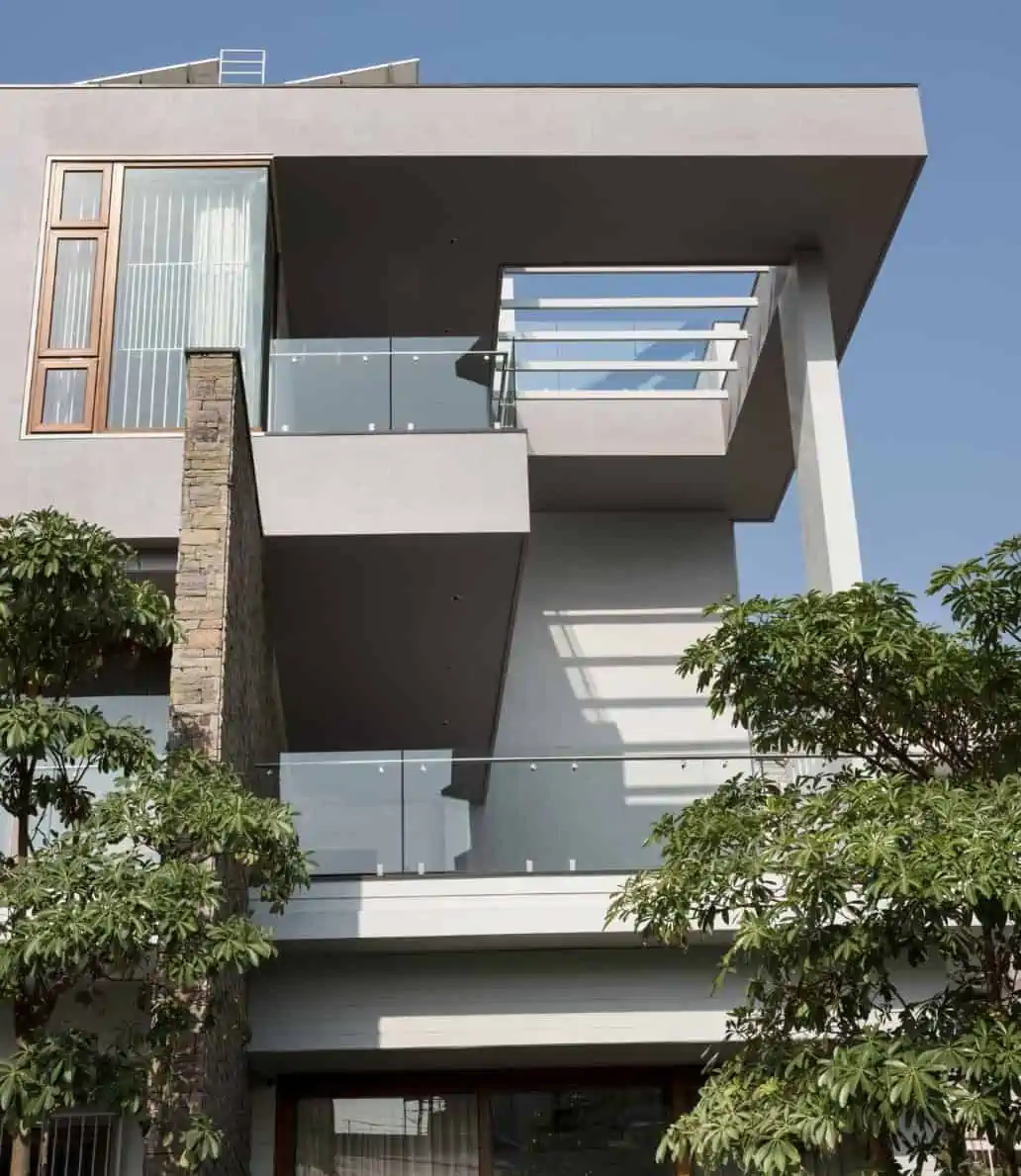
Association with Stiebel Eltron
We have been using Stiebel Eltron for 6-7 years now. Our experience with the brand has been very satisfactory to date. The brand has everything that you need, from quality to sustainable designs of the products. It is easy to include Stiebel Eltron’s products like heat pumps and instantaneous water heaters in our bathroom design. Firstly, they are energy efficient and cost-effective. Secondly, they look sleek in the interiors of your home, which is a rare quality in HVAC products.
Another reason for this long association with the brand is their prompt after-service response. Honestly, I think in this long partnership, we have only experienced any maintenance issue once. That too was taken care of swiftly, with priority by the brand. This further strengthened our trust in Stiebel Eltron. Also, being a brand based on German technology, there is no compromise on the material quality and service.
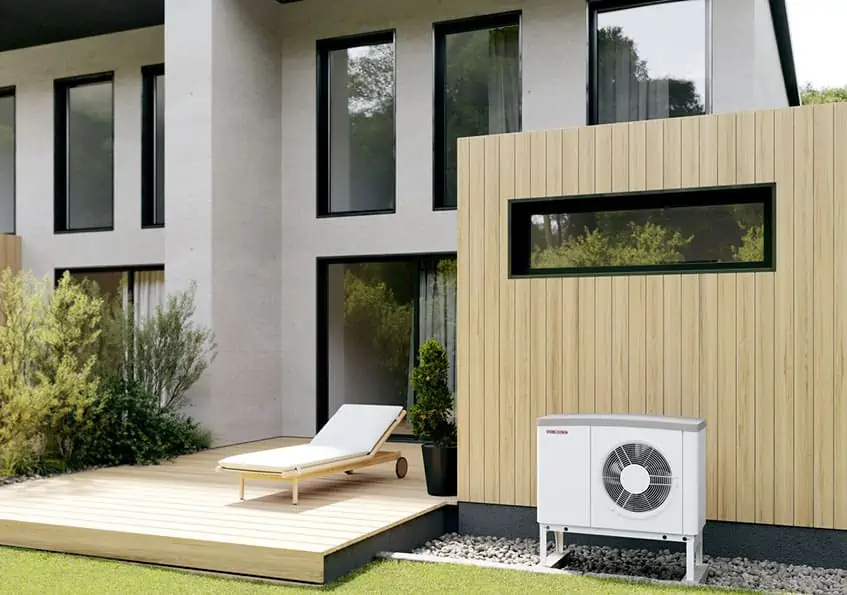
Coping with the influx of new materials
A good design is achievable only with quality materials and hence materials are the core of a good functioning building. The quality of construction is majorly dependent on the materials utilized, thus it can’t be compromised. The building materials you pick will define the overall durability, endurance, and character of the building. So, one should be cautious and particular while deciding on building materials. The most beneficial means to decide on materials that suit your requirements is by analyzing the stability, maintenance, aesthetics, and cost of each material.
The current market for construction material is flooded by different brands offering solutions of different capacities. There is a broad array of construction materials available. Also, it can be challenging to decide the best possibilities for our various needs. For the selection of construction material, you need to take note of various factors like cost, climate, durability, availability, sustainability, maintenance, aesthetic appeal, and performance.
Establishing connections with suppliers
To score the best materials and service for your projects, a close and trusted connection with top suppliers and brands of the industry is a must. Especially, for your sustainable designs, you would require premium products and an efficient service system. For an architect who is starting out, this might come as a challenge. Figuring out your brand associations and criteria for partnership can be overwhelming. Some of the ways how we establish healthy connections with suppliers are listed below-
- Meet the suppliers constantly: By doing this you can advance the flow of information. You will get information about new trends and technologies.
- Inquire about their development plans: This will give you information on new services that your business can benefit from.
- Open your business model to suppliers’ key persons: This is the way for the supplier to understand the priorities and know what is important for you. The supplier will understand why some small things are vital for your business. Hence, the supplier will work harder for you if they know the context of the issue.
- Open development roadmap: The supplier should know what you are going to develop in the long run and how. That way, the supplier can offer and develop services and technologies for your particular needs.
- Get important services at the right service levels: It is not the vendor’s fault if you don’t understand how to obtain the right service levels. So, make sure to ask for a priority service for the things important to your business at the right time.
|
To get in touch with Ar. Shailendra Surana and his team at Mahapragya Architects, contact below:
|












